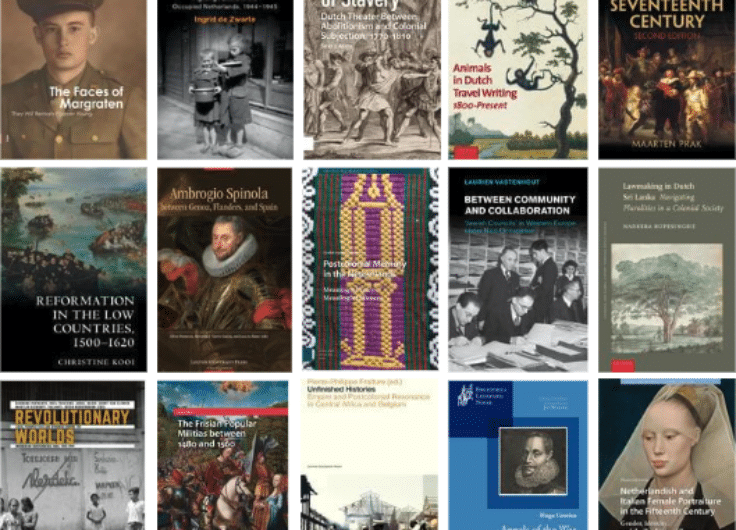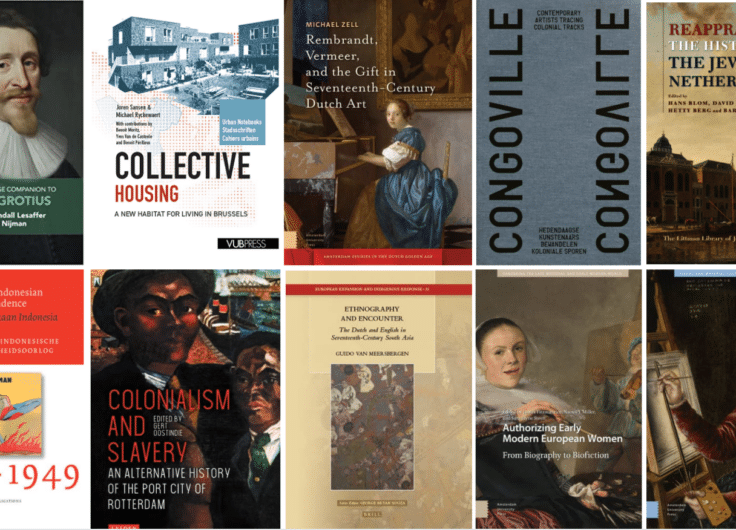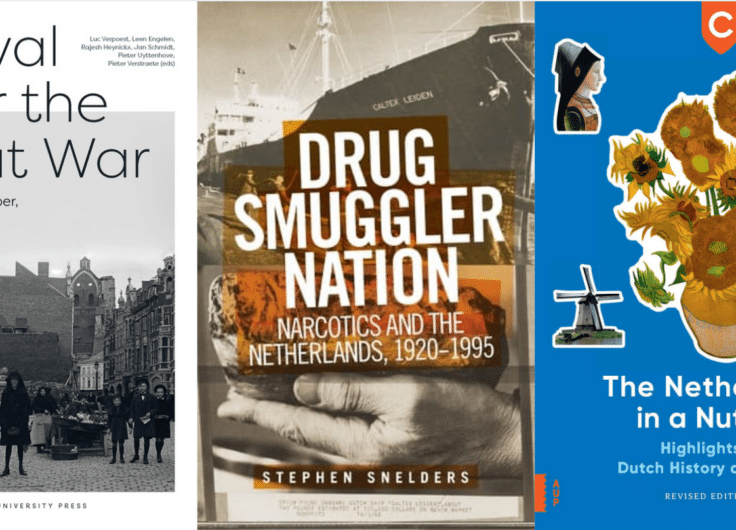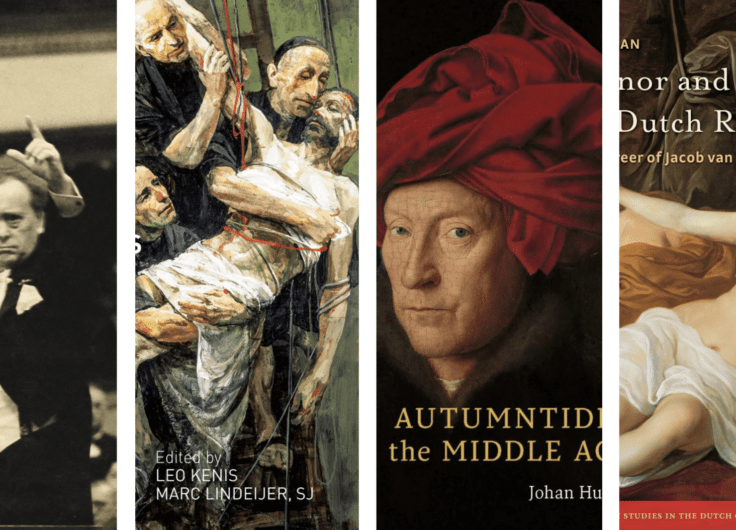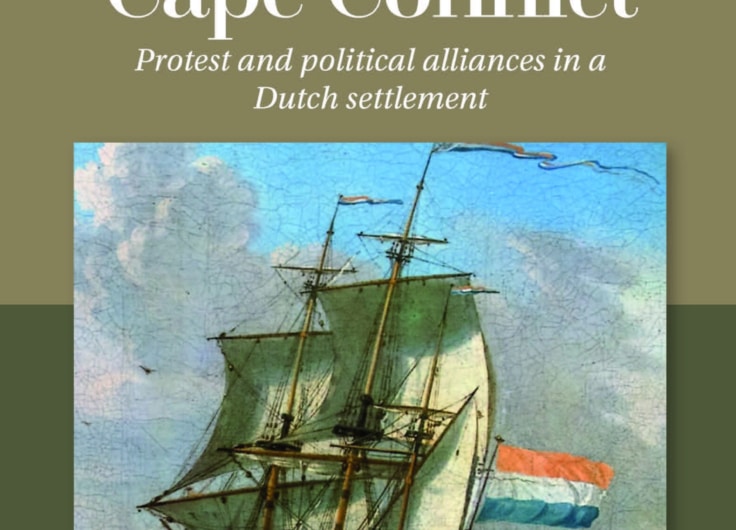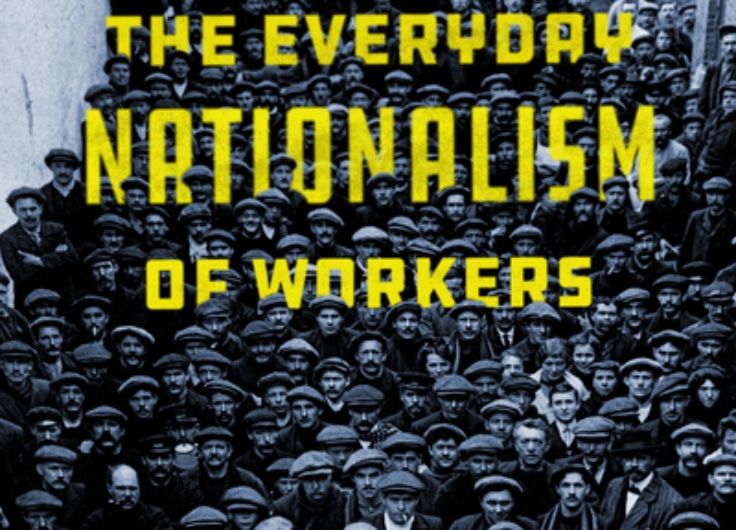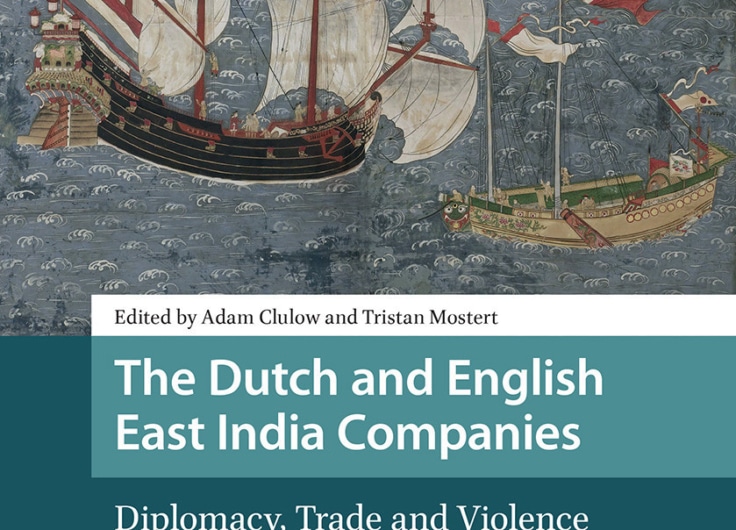Harvest of the University Press (autumn 2023)
Universities all over the world publish academic monographs and scientific journals on the Low Countries that deserve wider attention. In this article, we present you with a selection of recent university press publications in English.
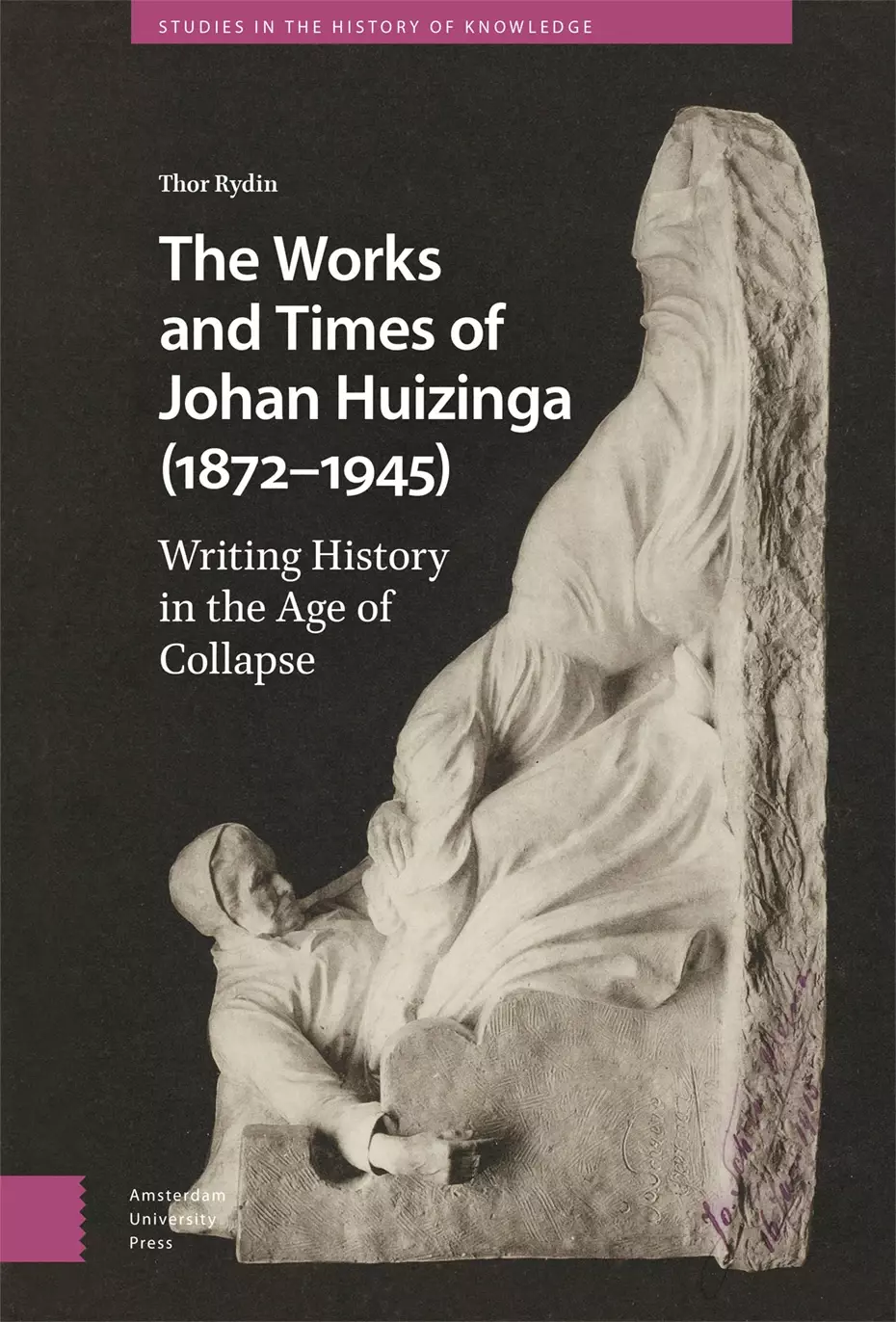
The Works and Times of Johan Huizinga (1872–1945) – Writing History in the Age of Collapse
Thor Rydin
This book offers a new perspective on the Dutch cultural historian Johan Huizinga (1872–1945), who remains one of the most famous European historians of the twentieth century. Huizinga’s lifetime was marked by dramatic transformations of Europe’s cultural, religious, geographical and political landscapes: war, modern commercialism, industrialization, industrial urban planning, nationalism and fascism had shattered the truisms, moral codes and expectations with which Huizinga and his generation of well-to-do Europeans grew up.
This book examines how these ‘experiences of loss’ affected and informed Huizinga’s works. By centering such experiences rather than matters of character or social roles, the book offers an original image of an iconic historian but also considers him as a window into his times. Most centrally, this book contends that Huizinga’s historical works helped to accommodate and give meaning to his own experiences of loss and rupture, thus offering him a way of life in turbulent times.
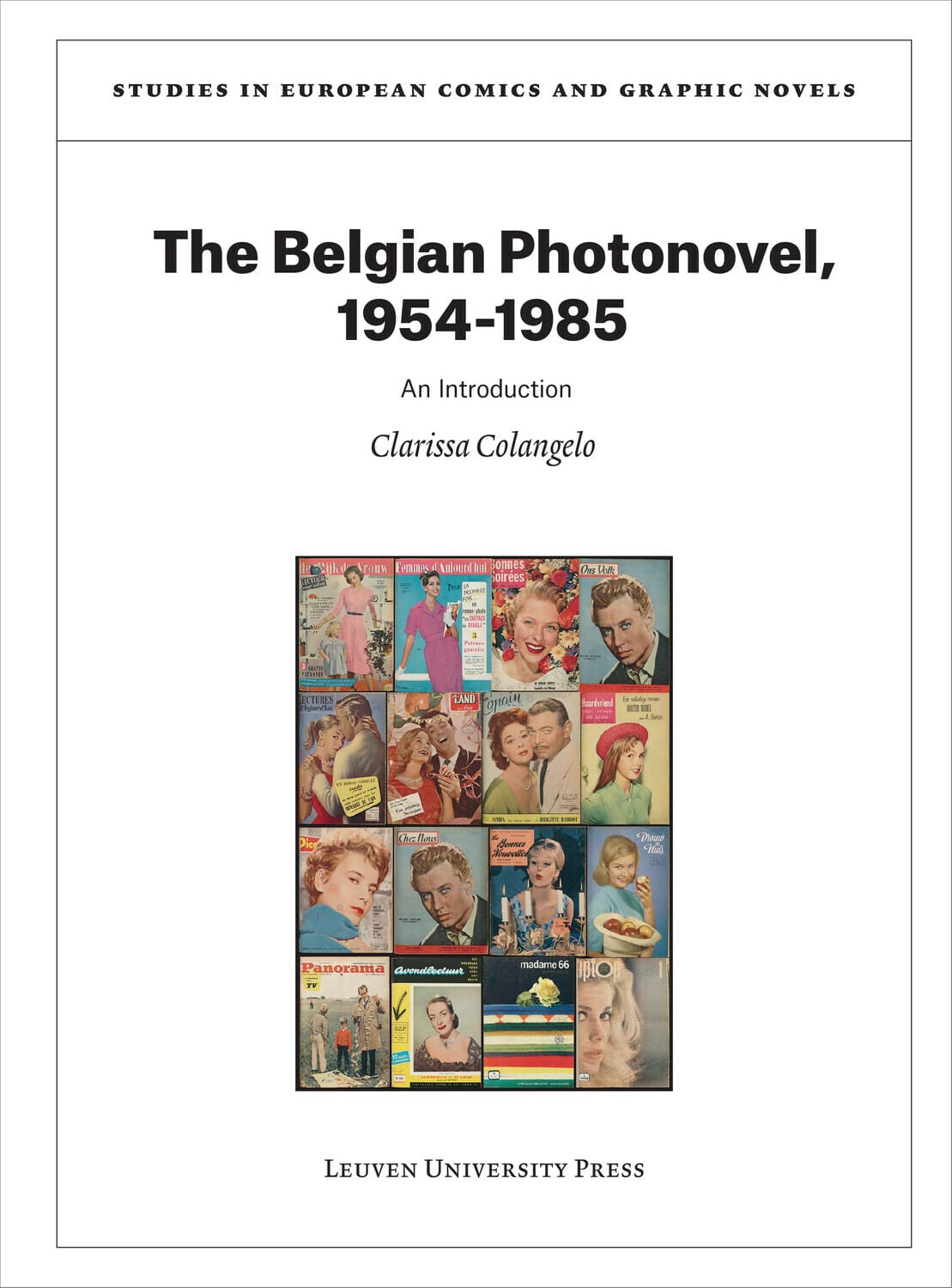
The Belgian Photonovel, 1954-1985 – An Introduction
Clarissa Colangelo
The Belgian photonovel is the missing link in the amazing history of the photonovel, a comics-inspired form of visual narrative that combines elements from very different genres and media, ranging from literary melodrama, cinema, and of course comics. This monograph discloses the specific Belgian contribution to the genre, in close connection with the singularities of the Belgian women’s and general magazines where these photonovels appeared.
If the photonovel is generally considered a typically French or Italian genre, this study demonstrates the importance of a different tradition, which appropriated the foreign models in a very original way. Belgian photonovels are distinct, not only because they tell other kinds of stories, but also because they interact with other types of magazines in ways that are very different from the mainstream forms of the genre in Italy and France. Finally, this lavishly illustrated study is also the first in scrutinizing the technical aspects of magazine printing techniques in the development of the photonovel.
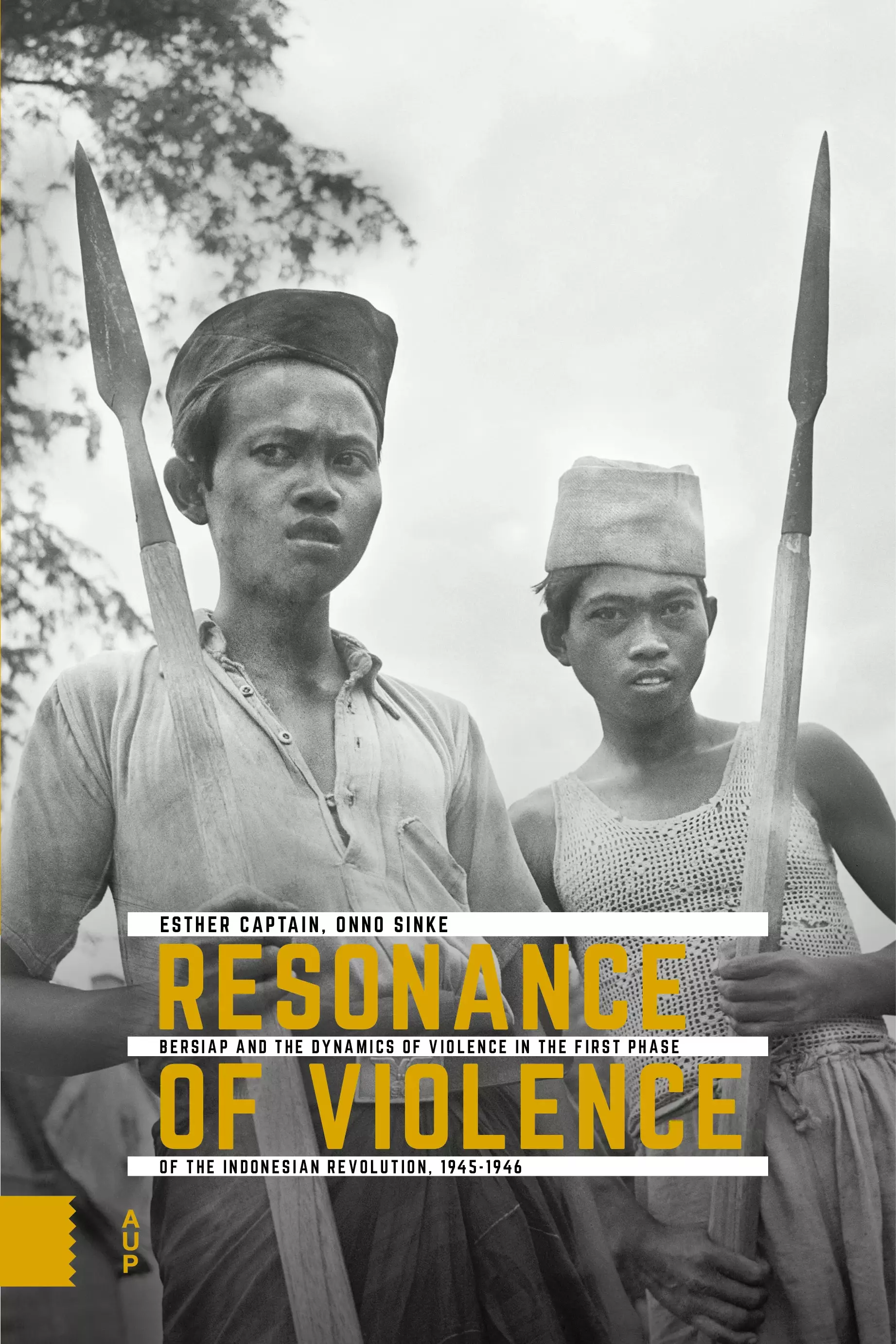
Resonance of Violence – Bersiap and the Dynamics of Violence in the First Phase of the Indonesian Revolution, 1945-1946
Esther Captain, Onno Sinke
The battle cry ‘Bersiap!’ resounded in numerous cities and towns across Indonesia during the first months following the declaration of independence on August 17, 1945. Heard from all sides, this call to ‘stand by’ for the young nation’s fight for freedom marked the start of the Indonesian national revolution, heralding a period of extreme violence. These acts of violence were aimed primarily against civilians and served no military purpose.
Resonance of Violence outlines the dynamics of this extreme violence in which Indonesian groups took up arms against Indo-Europeans, Moluccans, Dutch and Chinese, but also against Japanese civilians and both Japanese and British (or British Indian) soldiers.
The authors expressly situate this terrifying period within the wider context of mutual Indonesian violence and the use of violence by the Japanese, British and Dutch against Indonesian citizens. Java, Sumatra, and other islands are discussed in the book, as well as the complex issue of the number of victims. Finally, they discuss the development of the term “bersiap” over the past 75 years, which grew into a key concept in the Netherlands to describe the earliest phase of the Indonesian War of Independence
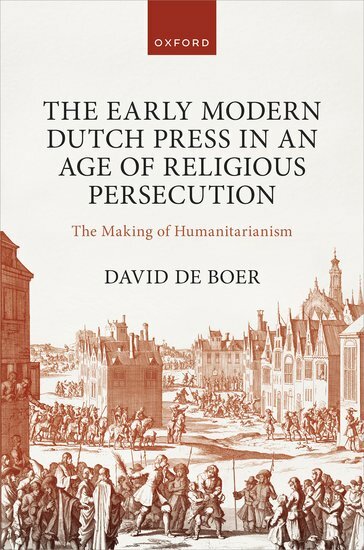
The Early Modern Dutch Press in an Age of Religious Persecution – The Making of Humanitarianism
David de Boer
For victims of persecution, attracting international awareness of their plight is often a matter of life and death. This book uncovers how in seventeenth-century Europe, persecuted minorities first learned how to use the press as a weapon to combat religious persecution. To mobilize foreign audiences, they faced an acute dilemma: how to make people care about distant suffering? This study argues that by answering this question, they laid the foundations of a humanitarian culture in Europe.
The book reveals how, as consuming news became an everyday practice for many Europeans, the Dutch Republic emerged as an international hub of printed protest against religious violence. It traces how a diverse group of people, including Waldensian refugees, Huguenot ministers, Savoyard officeholders, and many others, all sought access to the Dutch printing presses to raise transnational solidarity for their cause. By examining their publicity strategies, this study deepens our understanding of how people tried to confront the specter of religious violence that had haunted them for generations.
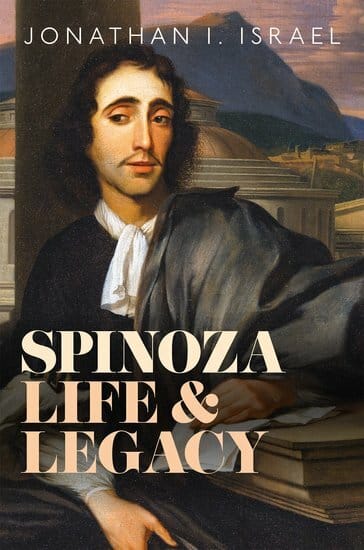
Spinoza, Life and Legacy
Jonathan I. Israel
There have been surprisingly few biographies of Spinoza, given his fundamental importance in intellectual history and history of philosophy, Bible criticism, and political thought. Jonathan I. Israel has written a biography which provides more detail and context about Spinoza’s life, family, writings, circle of friends, highly unusual career and networking, and early reception than its predecessors.
Weaving the circumstances of his life and thought into a detailed biography has also led to several notable instances of nuancing or revising our notions of how to interpret certain of his assertions and philosophical claims, and how to understand the complex international reaction to his work during his life-time and in the years immediately following his death.
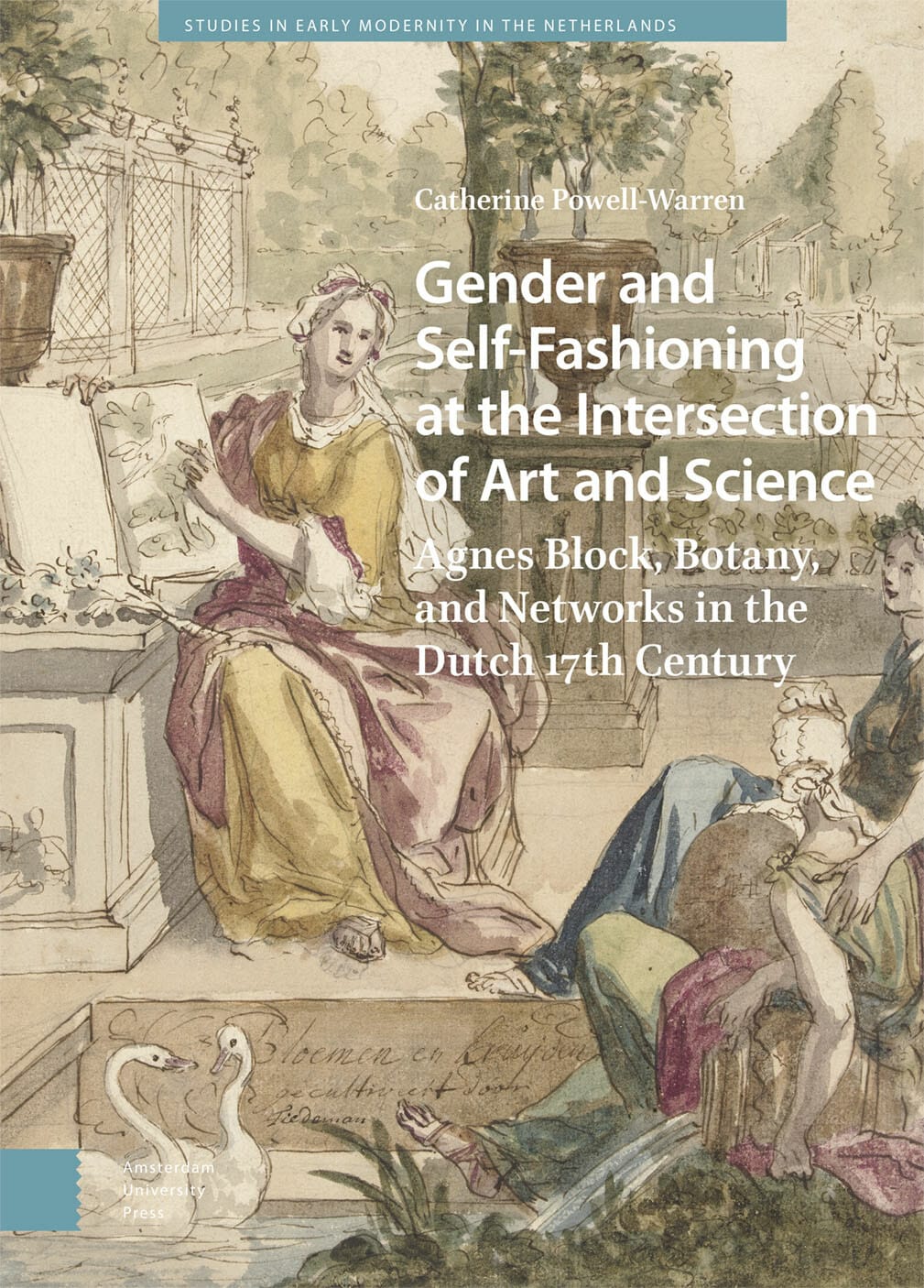
Gender and Self-Fashioning at the Intersection of Art and Science – Agnes Block, Botany, and Networks in the Dutch 17th Century
Catherine Powell-Warren
At once collector, botanist, reader, artist, and patron, Agnes Block is best described as a cultural producer. A member of an influential network in her lifetime, today she remains a largely obscure figure. The socioeconomic and political barriers faced by early modern women, together with a male-dominated tradition in art history, have meant that too few stories of women’s roles in the creation, production, and consumption of art have reached us.
This book seeks to write Block and her contributions into the art and cultural history of the seventeenth-century Netherlands, highlighting the need for and advantages of a multifaceted approach to research on early modern women. Examining Block’s achievements, relationships, and objects reveals a woman who was independent, knowledgeable, self-aware, and not above self-promotion. Though her gender brought few opportunities and many barriers, Agnes Block succeeded in fashioning herself as Flora Batava, a liefhebber at the intersection of art and science.
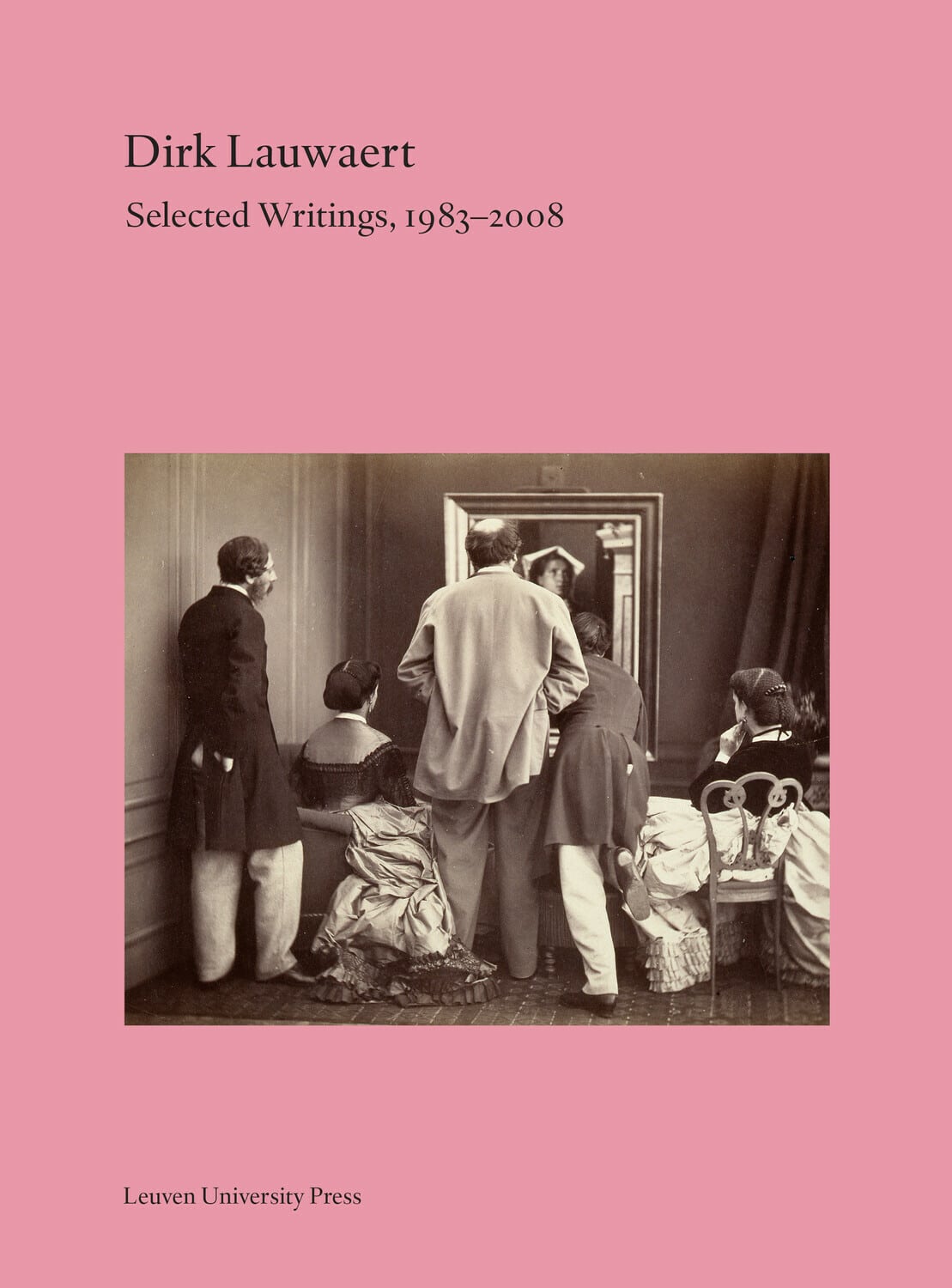
Dirk Lauwaert. Selected Writings, 1983-2008
Dirk Lauwaert and edited by Herman Asselberghs, Robbrecht Desmet, Bart Meuleman, and Peter Jan Perquy
Radically subjective. Radically unapologetic. Radically demanding. These are the hallmarks of Dirk Lauwaert’s skill, attitude, and sensitivity, which are the result of radical attention.
Belgian writer and critic Dirk Lauwaert (1944–2013) wrote about images, be they moving or still, historical or contemporary, overfamiliar or unseen. He experienced them intensely, studied them attentively, and connected them to ethical, philosophical, or social issues in texts that invited readers to do the same, whether they were leaving the movie theater, browsing a photo book, or visiting an exhibition.
This selection presents the depth and scope of Lauwaert’s immense output through fifteen key texts in which the Belgian author unfolds his central ideas and motifs, displaying his kaleidoscopic thinking and essayistic ability. The texts span twenty-five years – from 1983 to 2008 – and were originally published in various contexts over the course of three decades.
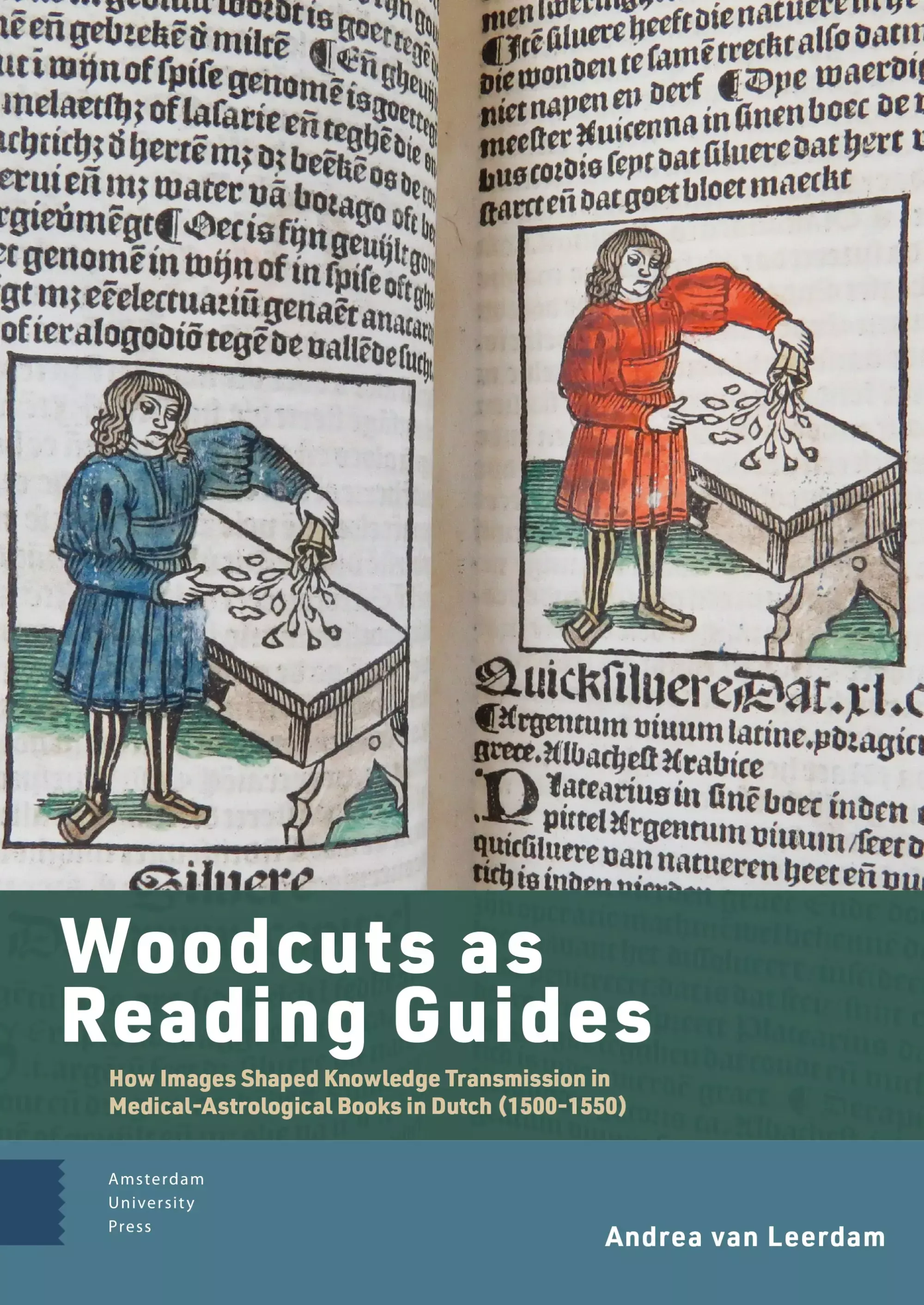
Woodcuts as Reading Guides – How Images Shaped Knowledge Transmission in Medical-Astrological Books in Dutch (1500-1550)
Andrea van Leerdam
In the first half of the sixteenth century, the Low Countries saw the rise of a lively market for practical and instructive books that targeted non-specialist readers. This study shows how woodcuts in vernacular books on medicine and astrology fulfilled important rhetorical functions in knowledge communication. These images guided readers’ perceptions of the organisation, visualisation, and reliability of knowledge.
Andrea van Leerdam uncovers the assumptions and intentions of book producers to which images testify, and shows how actual readers engaged with these illustrated books. Drawing on insights from the field of information design studies, she scrutinises the books’ material characteristics, including their lay-outs and traces of use, to shed light on the habits and interests of early modern readers. She situates these works in a culture where medicine and astrology were closely interwoven in daily life and where both book producers and readers were exploring the potential of images.
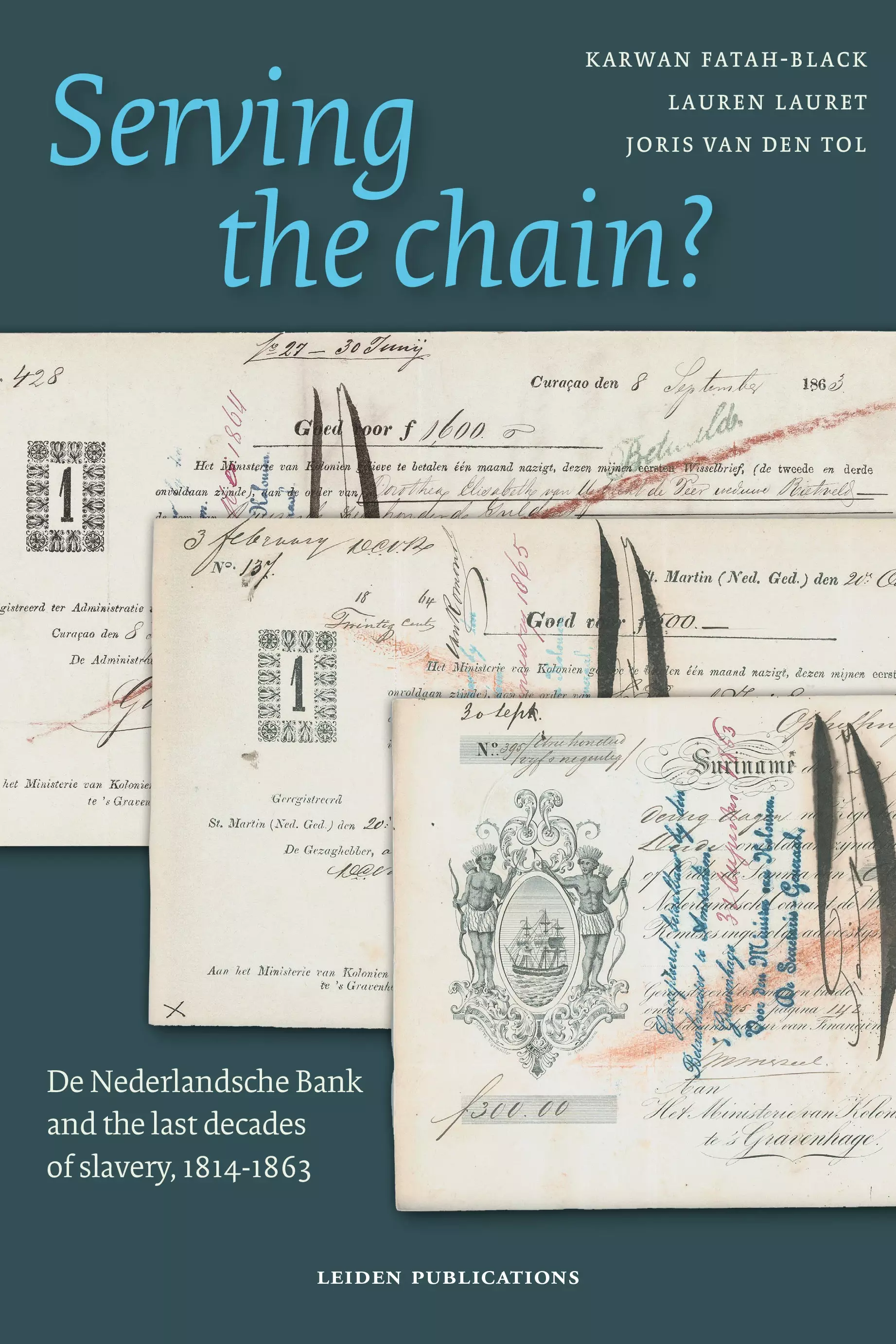
Serving the chain? – De Nederlandsche Bank and the last decades of slavery, 1814-1863
Karwan Fatah-Black, Lauren Lauret and Joris van den Tol
In the nineteenth century, when the principal cultural, political, and financial institutions of the Netherlands were established, slavery was still very much part of the nation’s global imperial structures. Dutch families, institutions, and governments are increasingly interested in the role their predecessors played in this history of colonialism and enslavement.
This book is a history of De Nederlandsche Bank in which particular attention is paid to its links with slavery, both as a factor in the economy and as a subject of political debate. Because De Nederlandsche Bank served the Dutch ministery of Colonies and consequently followed Dutch trade interests, the bank’s history intersects with the history of slavery. The investigation in this book focuses not only upon DNB’s formal involvement but also on the private involvement of its directors. In addition, it examines whether the bank and its directors played any role in the abolition of slavery.
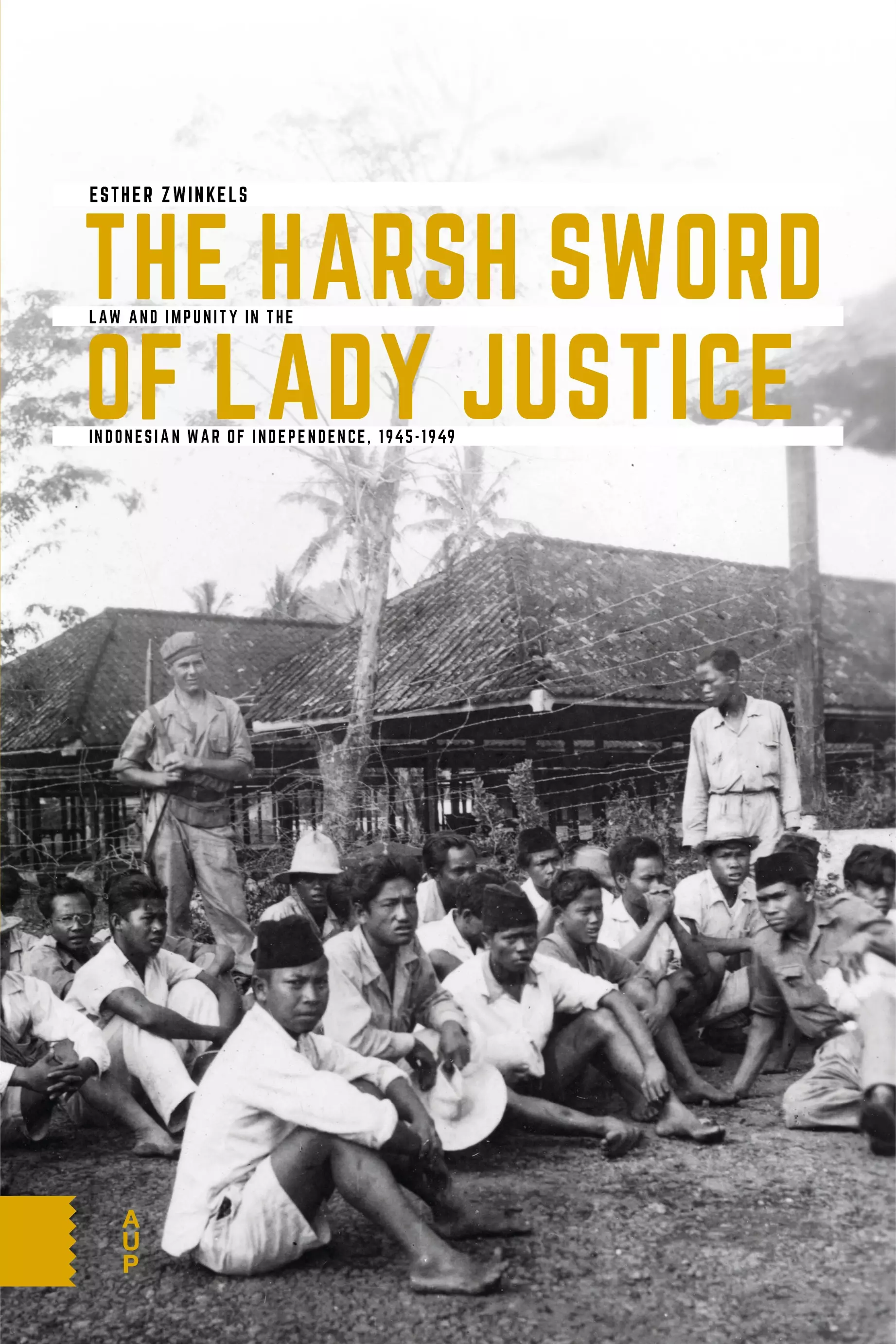
The Harsh Sword of Lady Justice – Law and Impunity in the Indonesian War of Independence, 1945-1949
Esther Zwinkels
During the Indonesian War of Independence, Lady Justice played an important role on the Dutch side. Soldiers were, and are, required to comply with the law and a range of rules and regulations, both in and out of combat. If they fail to do so, disciplinary action and criminal sanctions can be taken against them. But did this happen at the time? Dutch military tribunals not only tried Dutch soldiers but also Indonesians who opposed the colonial authority. How independent and objective were these courts? To what extent did the Netherlands use the law as a ‘weapon of war’?
Central to this book is the action taken by the Dutch military-legal apparatus in Indonesia against (alleged) cases of extreme violence, committed by their own soldiers. What kind of cases were court-martialed, which cases were not, and why? How were cases judged and what criteria were used for the Dutch and the Indonesians? And, finally, what effect did punishing or not punishing soldiers and combatants have on their willingness to use extreme violence? Based on court-martial verdicts, reports, policy documents and memoirs, The Harsh Sword of Lady Justice answers these compelling questions.
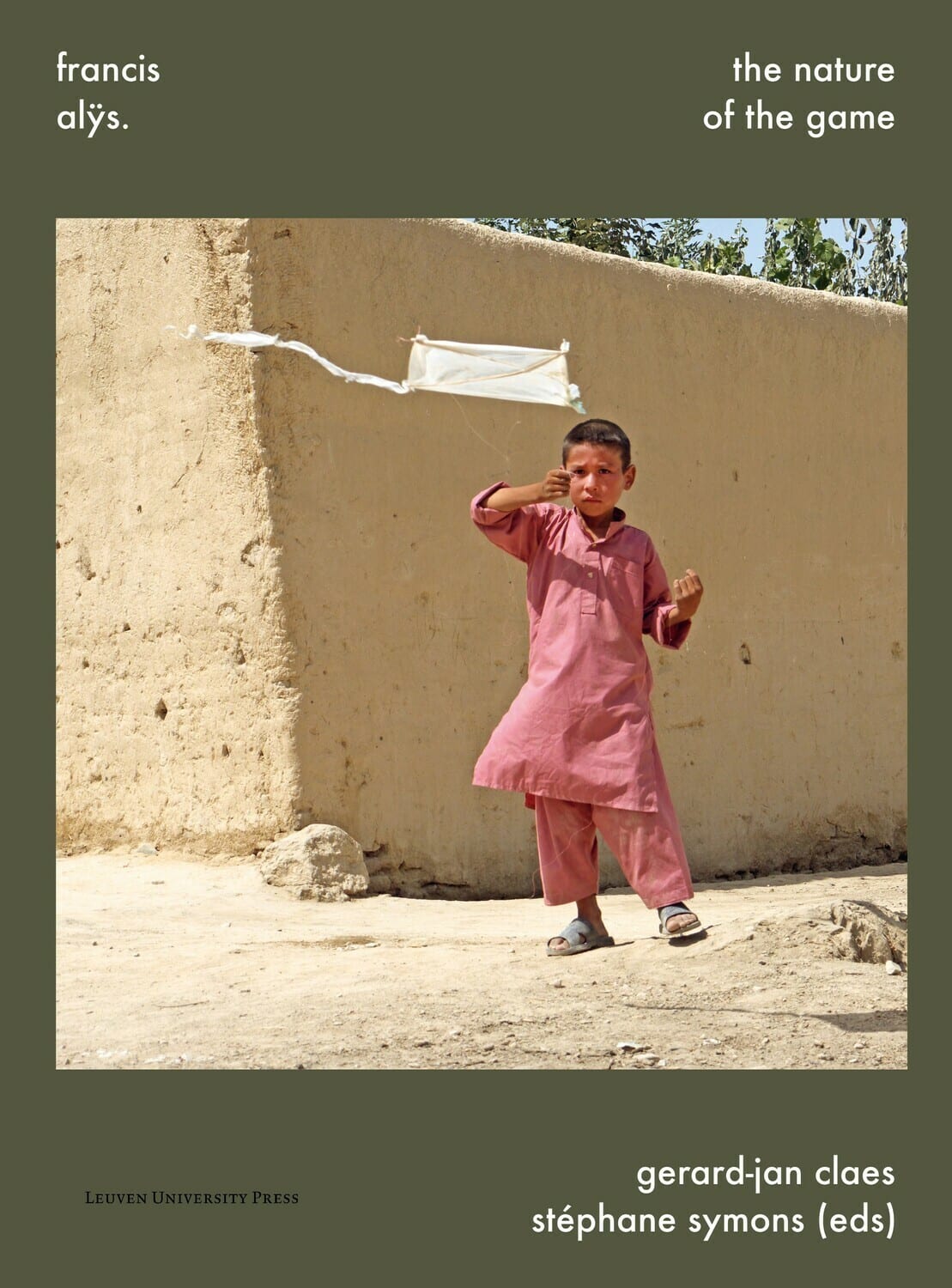
Francis Alÿs. The Nature of the Game
Gerard-Jan Claes and Stéphane Symons (eds.)
In 1999, a short video of a solitary boy kicking an empty bottle up a hill in Mexico City became the first instalment of Children’s Games, a series of works by Belgian artist Francis Alÿs. The ongoing project, which now numbers around thirty-five works, has gradually given shape to an extensive collection of videos of children at play.
For almost twenty-five years, Alÿs and his collaborators Félix Blume, Julien Devaux, and Rafael Ortega have been travelling around the world to document the distinctive ways in which children interact with each other and their physical environment. They have gone from remote villages in the Democratic Republic of the Congo, Afghanistan, Venezuela, and Nepal to the mountains of Switzerland and metropoles like Hong Kong and Paris, but have also visited the war-torn city of Mosul in Iraq, the border between Mexico and the United States, and the strait of Gibraltar that divides Africa and Europe. The resulting images are standing proof of the seriousness of play and of children’s stunning powers of resilience in the face of conflict.
This volume provides a multidisciplinary perspective to the many layers of Children’s Games. It includes an interview with Francis Alÿs and Rafael Ortega, a series of essays by well-known scholars and art critics, curatorial statements, and a logbook related to the presentation of Children’s Games at the Venice Biennale of 2022.
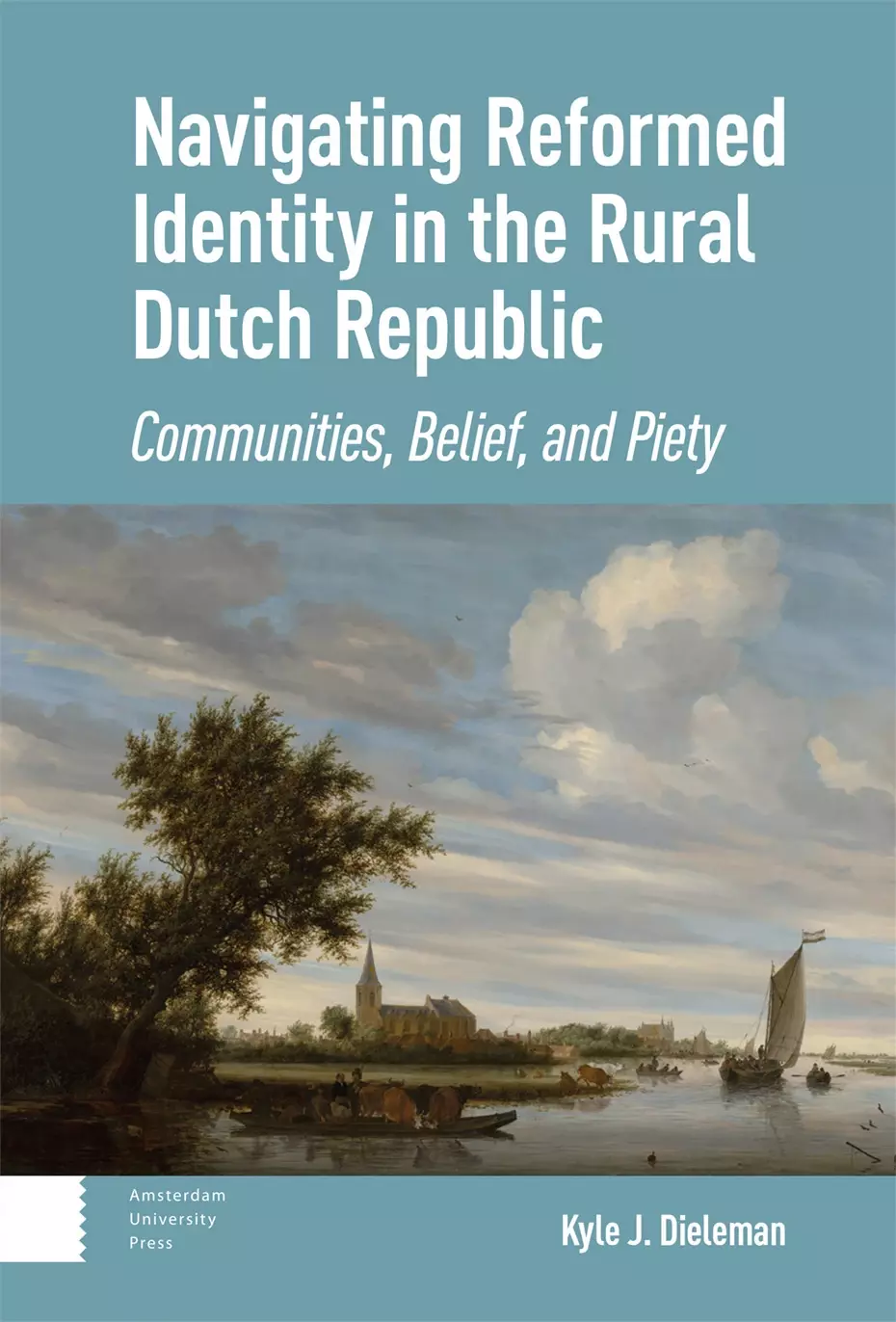
Navigating Reformed Identity in the Rural Dutch Republic – Communities, Belief, and Piety
Kyle Dieleman
Through an examination of Dutch Reformed church records and theological texts, Kyle Dieleman explores the local dynamics of religious life in the early modern Dutch Republic. The book argues that within the religiously plural setting of the Dutch Republic church officials used a variety of means to establish a Reformed identity in their communities. As such, the book explores the topics of church orders, elders and deacons, intra-confessional and inter-confessional conflicts, and Sabbath observance as local means by which small, rural communities negotiated and experienced their religious lives.
In exploring rural Dutch Reformed congregations, the book examines the complicated relationships between theology and practice and ‘lay’ and ‘elite’ religion and highlights challenges rural churches faced. As they faced these issues, Dieleman demonstrates that local congregations exercised agency within their lived religious experiences as they sought unique ways to navigate their own Reformed identity within their small, rural communities.
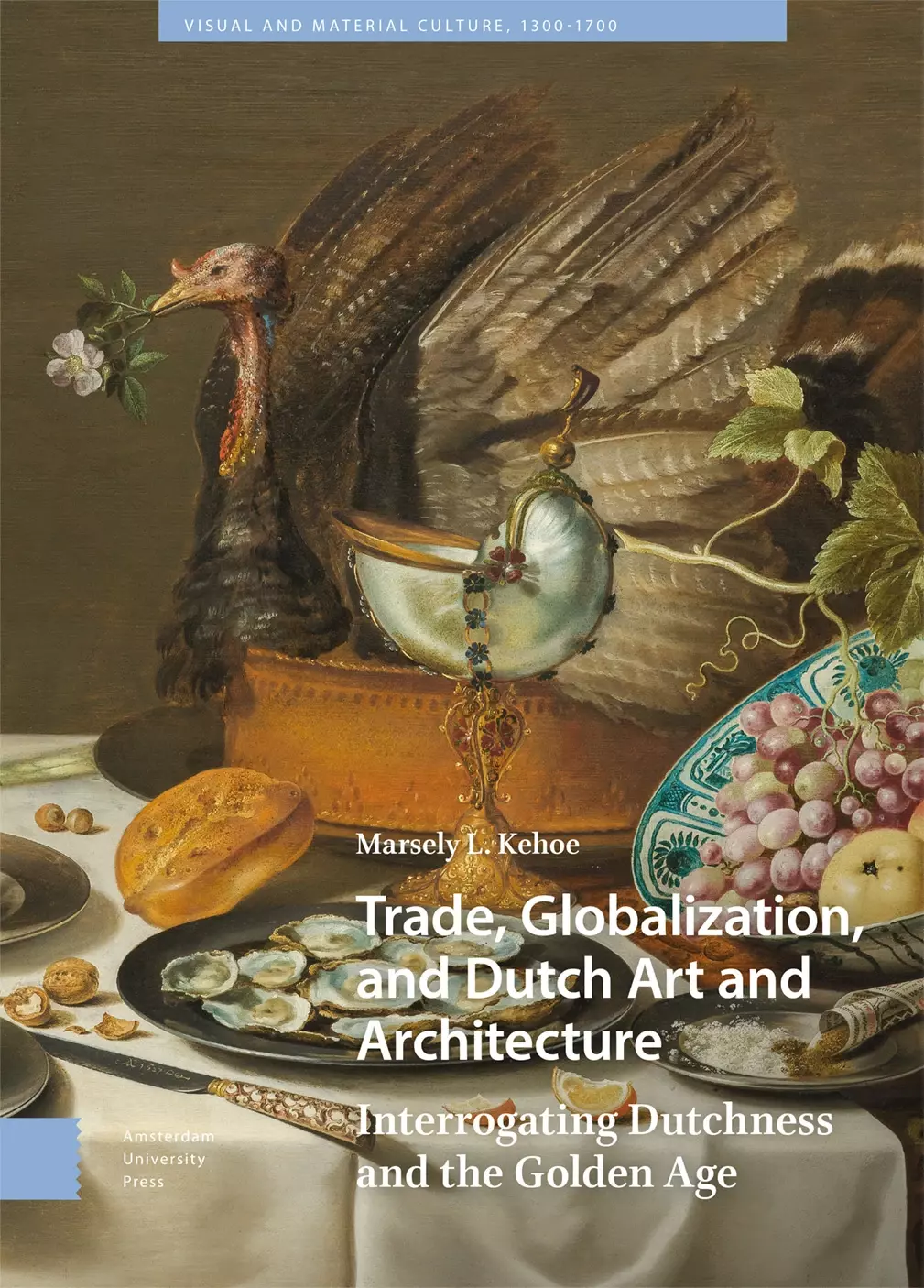
Trade, Globalization, and Dutch Art and Architecture – Interrogating Dutchness and the Golden Age
Marsely Kehoe
We all look to our past to define our present, but we don’t always realize that our view of the past is shaped by subsequent events. It’s easy to forget that the Dutch dominated the world’s oceans and trade in the seventeenth century when our cultural imagination conjures up tulips and wooden shoes instead of spices and slavery.
This book examines the Dutch so-called “Golden Age” though its artistic and architectural legacy, recapturing the global dimensions of this period by looking beyond familiar artworks to consider exotic collectibles and trade goods, and the ways in which far-flung colonial cities were made to look and feel like home. Using the tools of art history to approach questions about memory, history, and how cultures define themselves, this book demonstrates the centrality of material and visual culture to understanding history and cultural identity.


